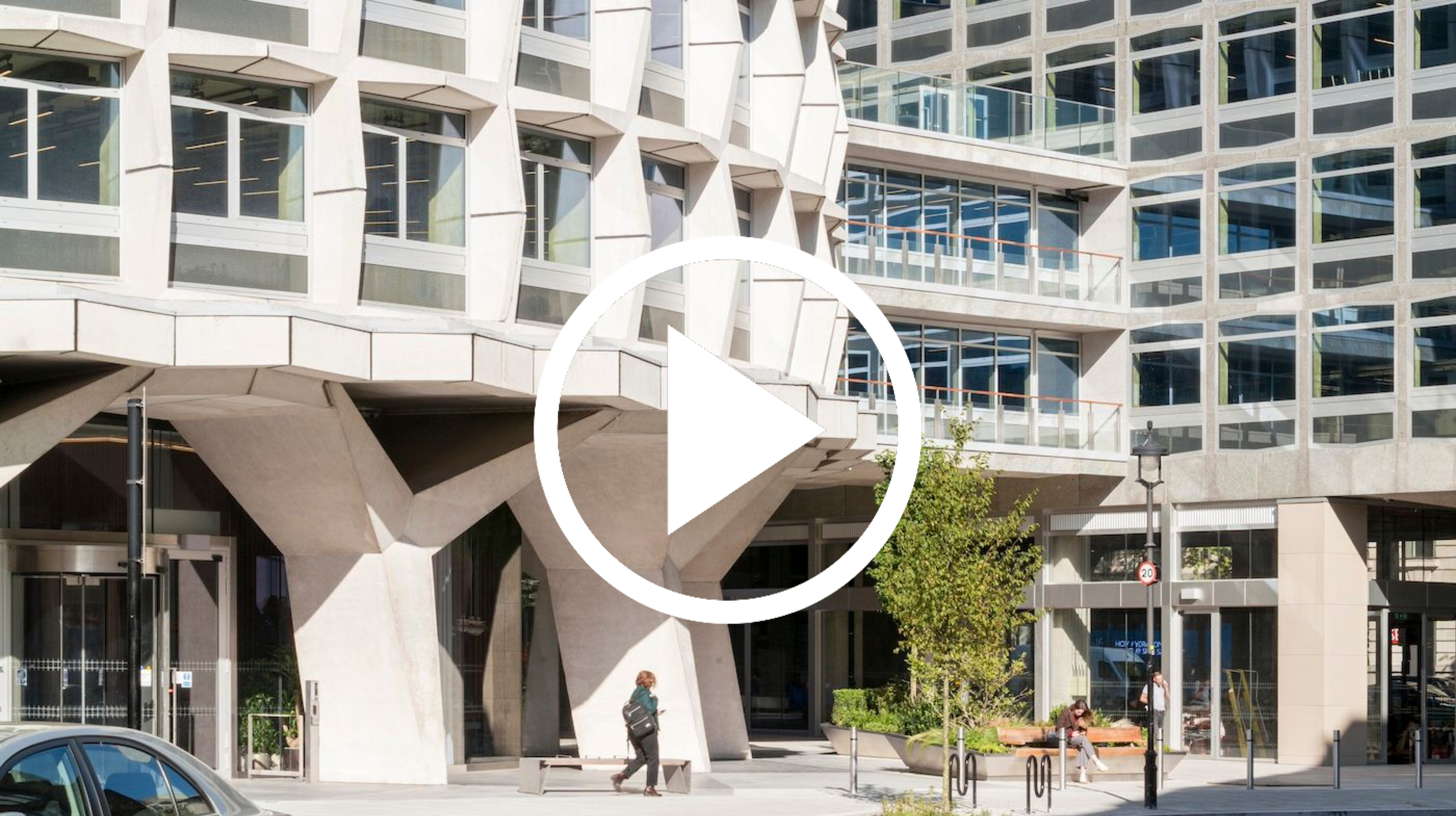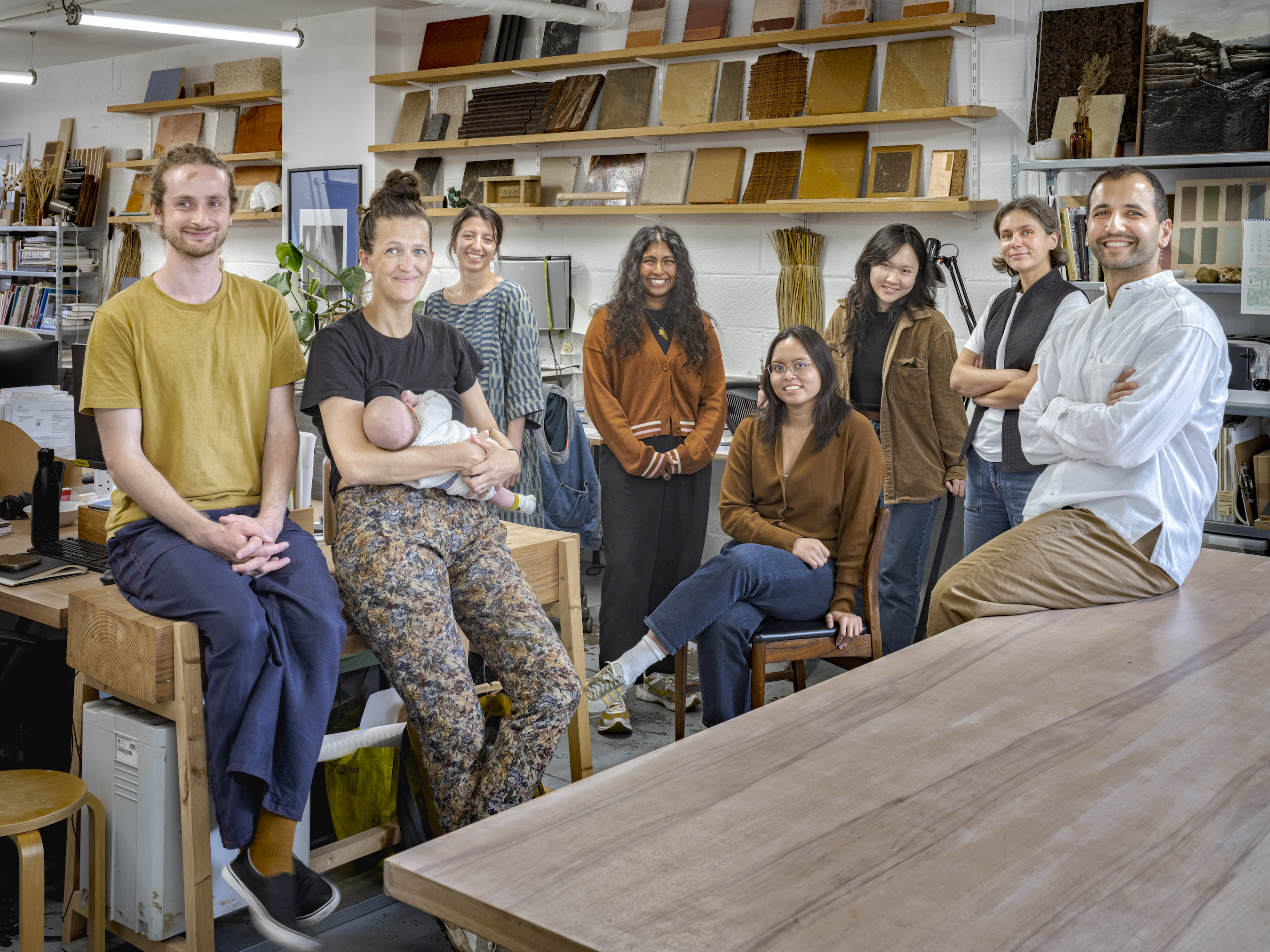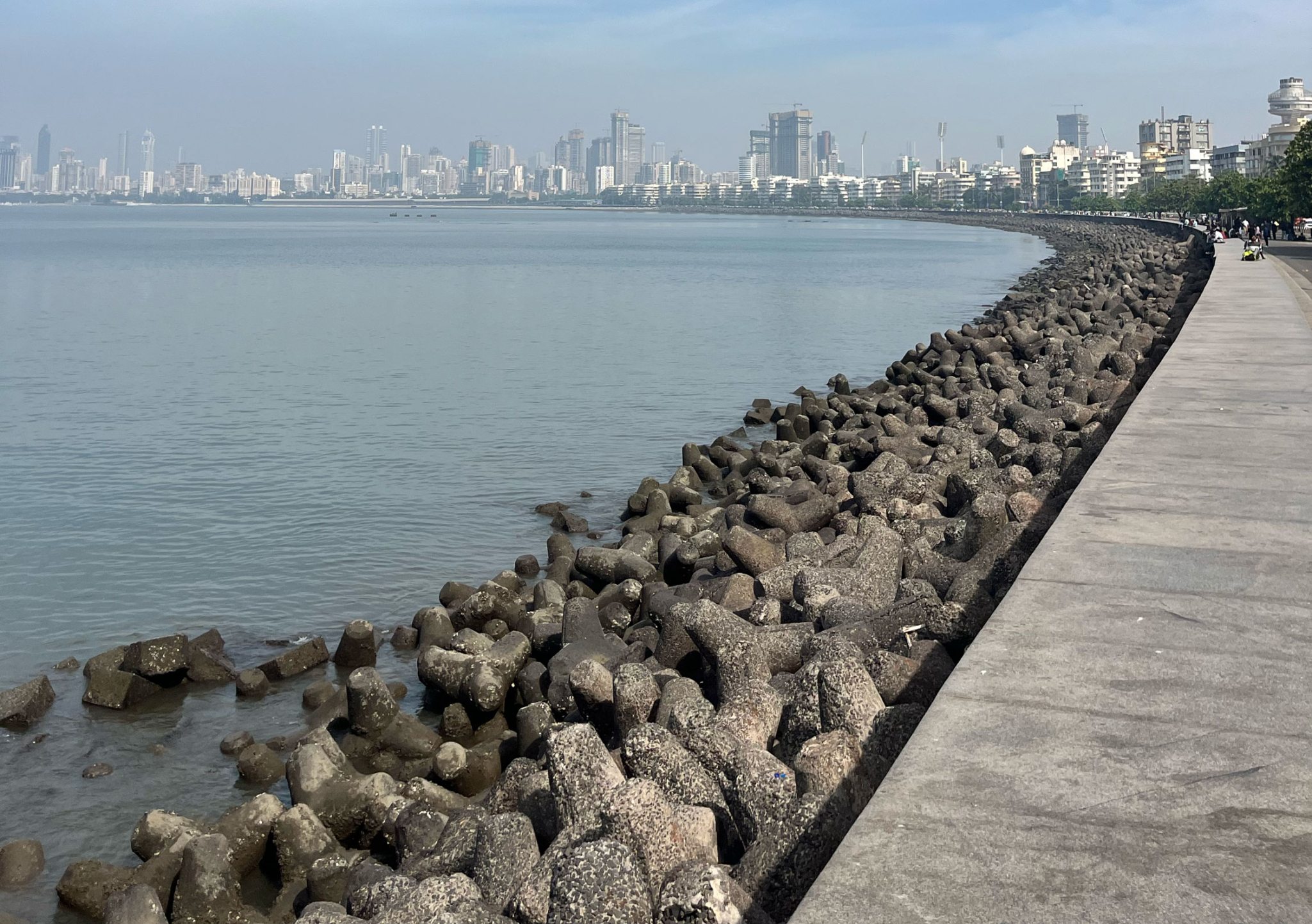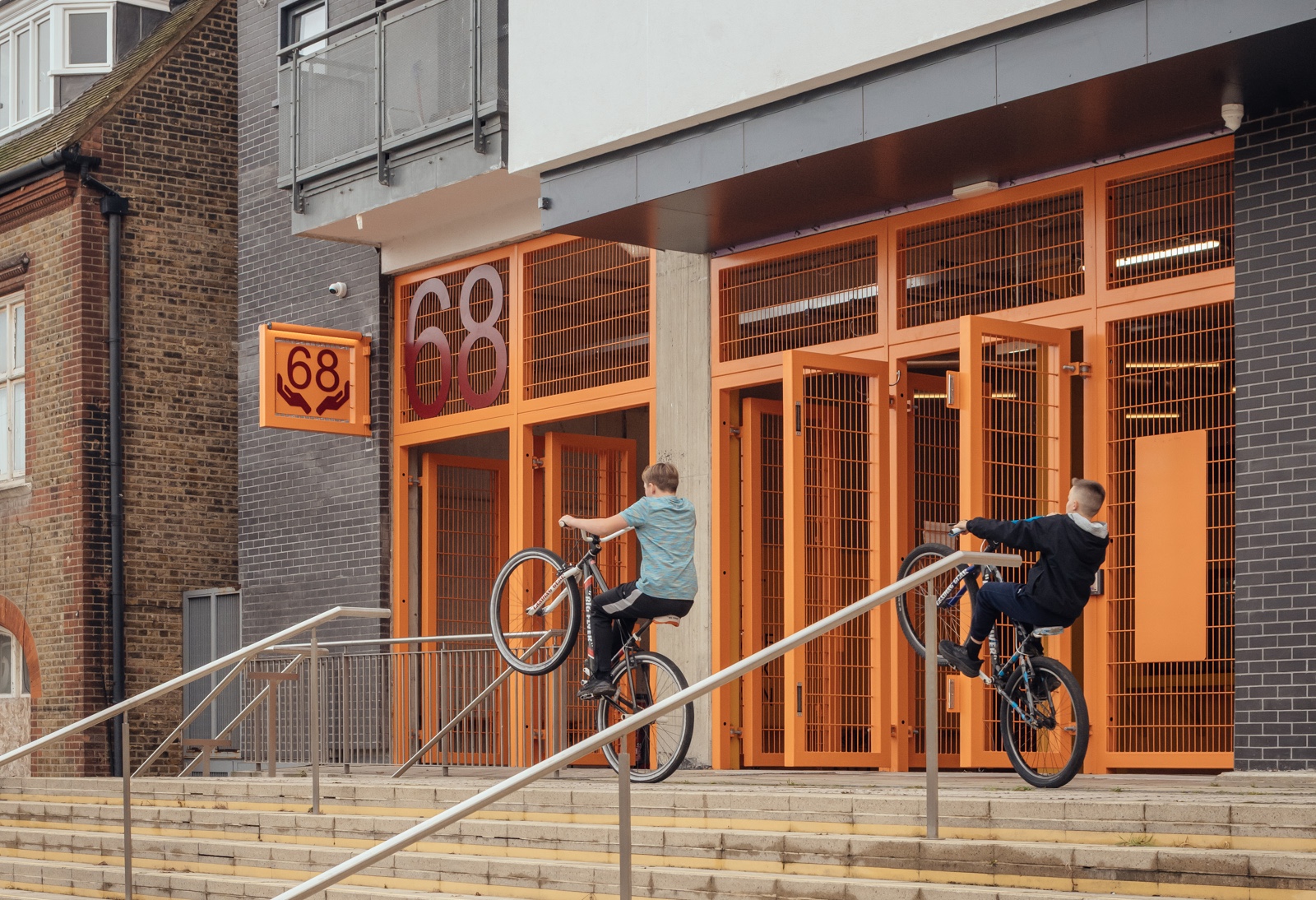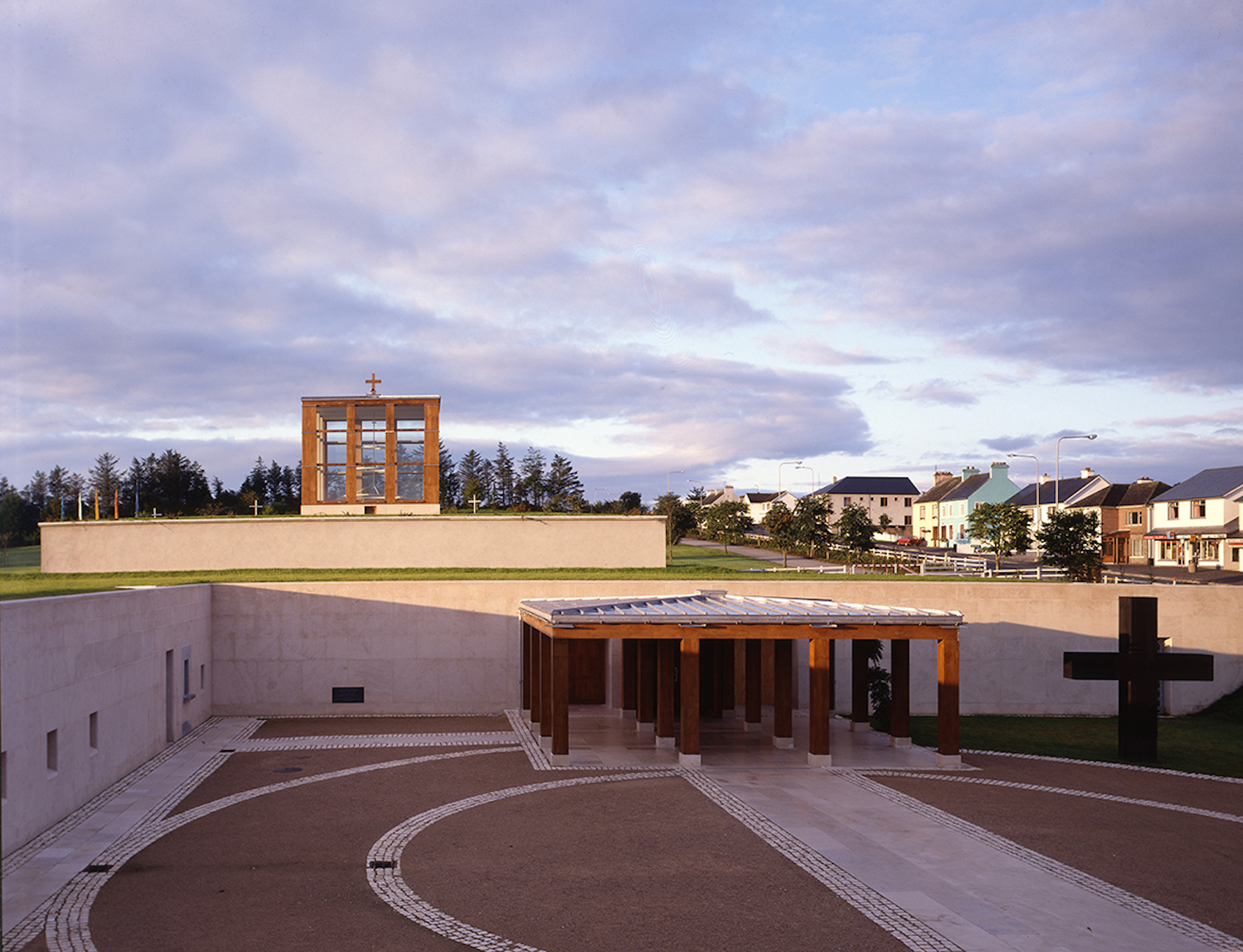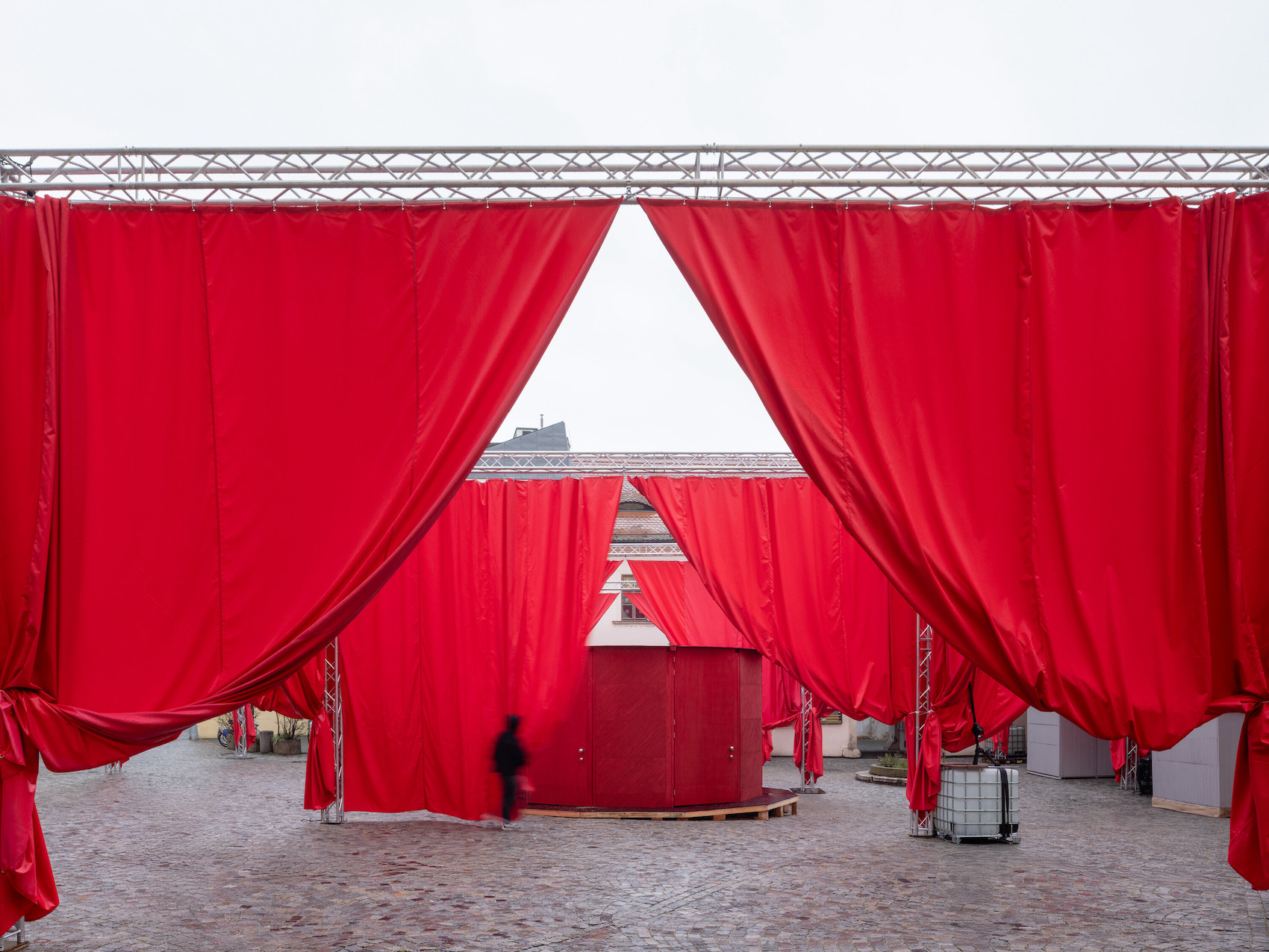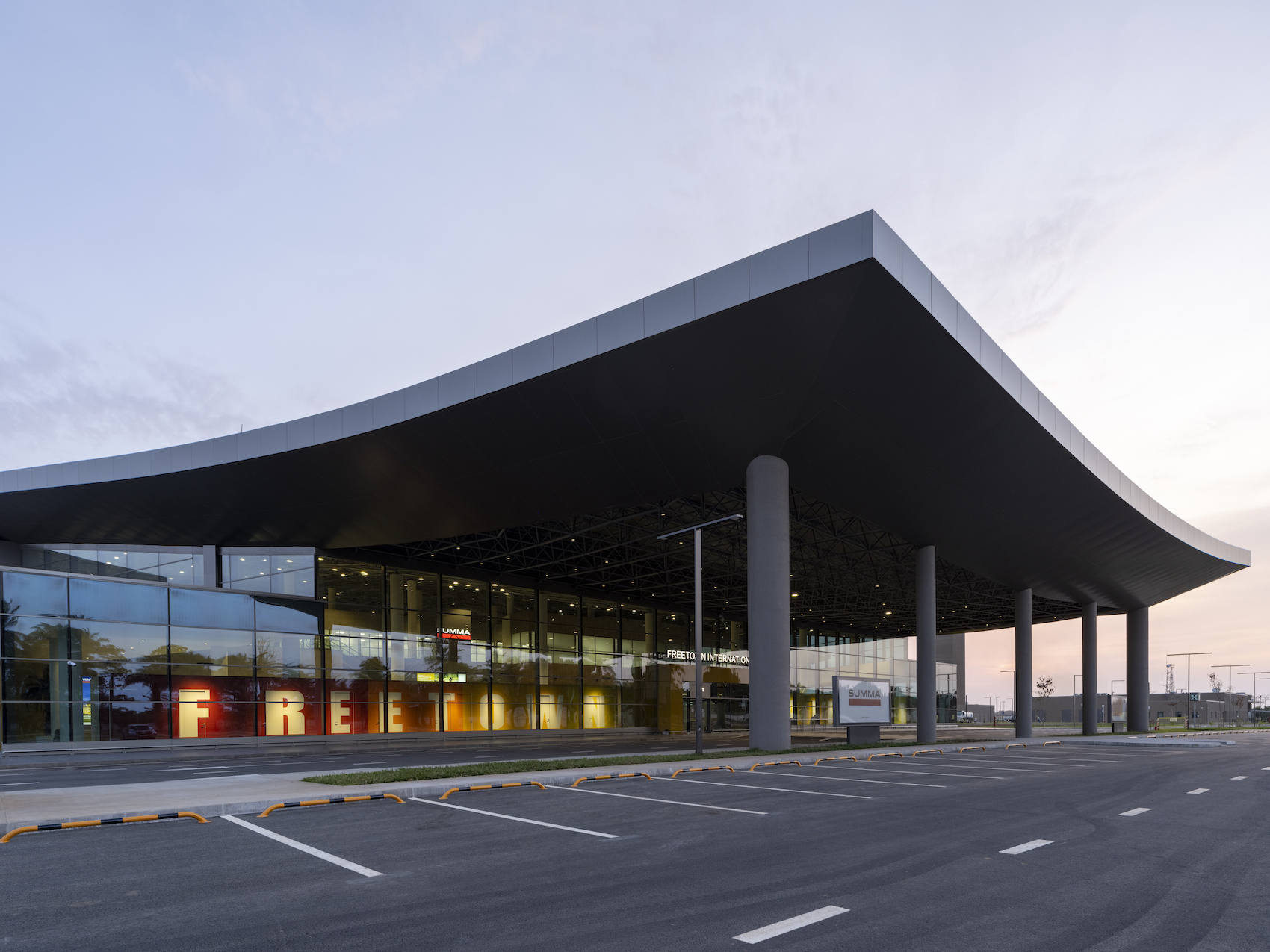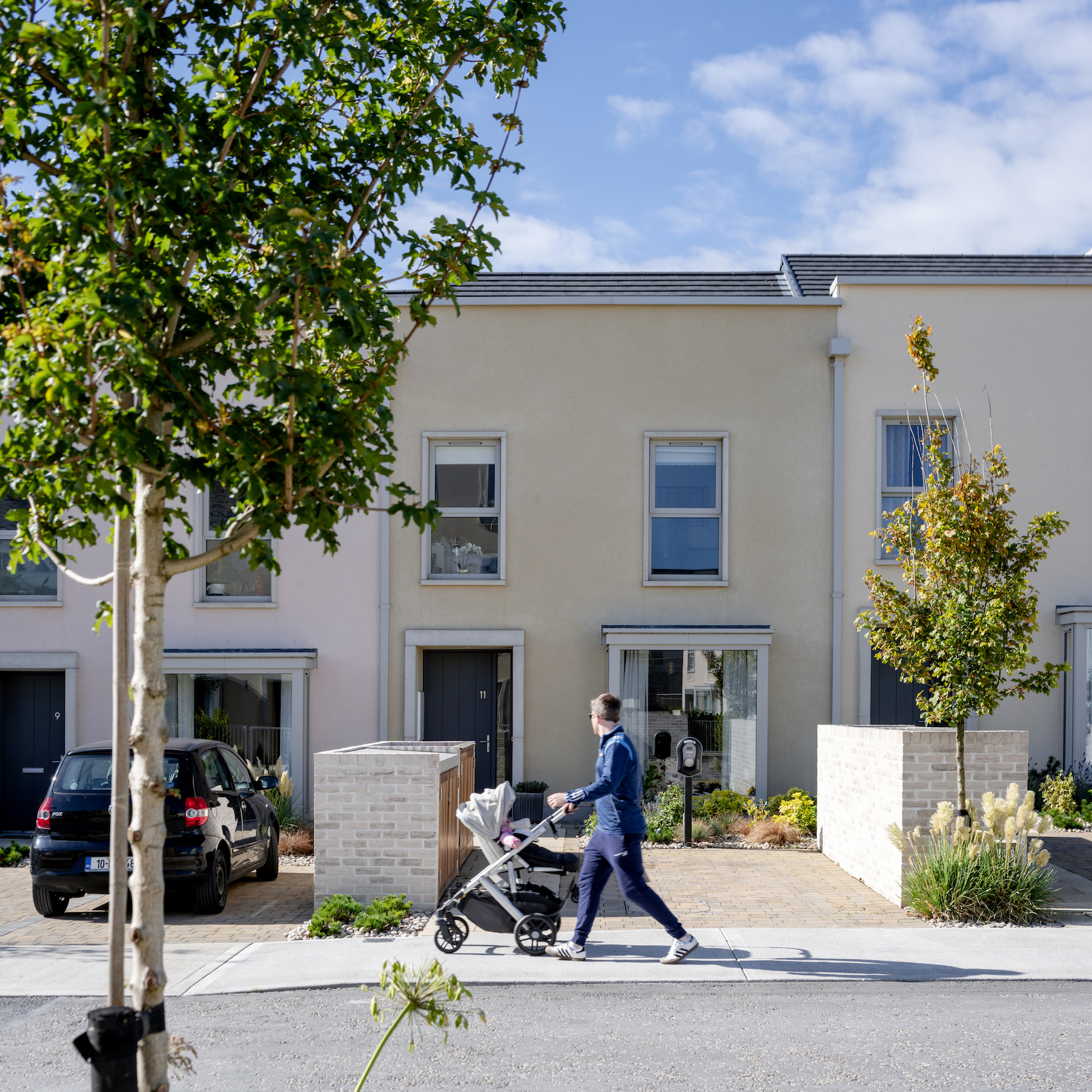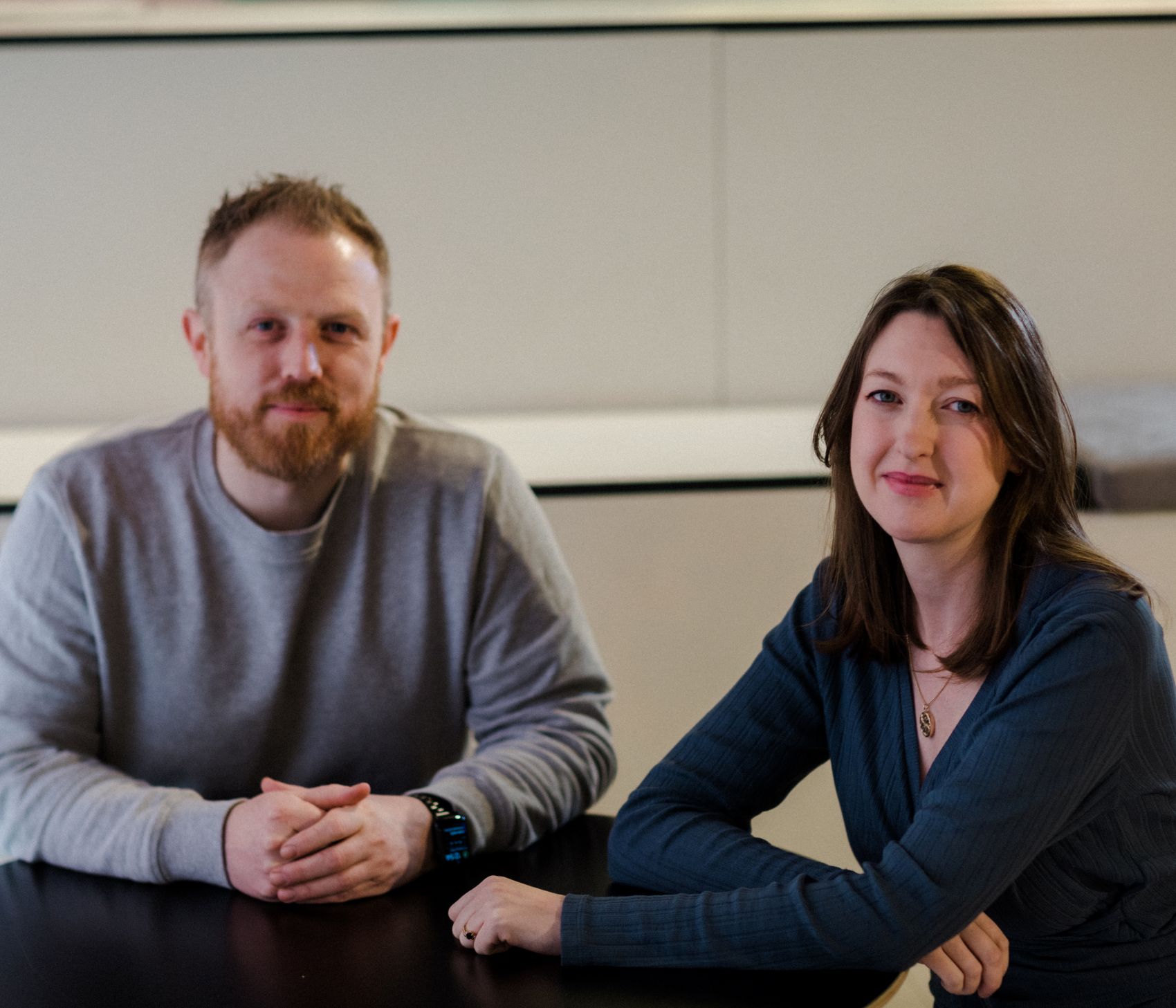AT talks to… curator Amanda Pinatih and exhibitor Gabriel Fontana of the Dutch Pavilion at the Venice Biennale about how their pavilion ‘SIDELINED’ uses sport to rethink how we can coexist.
What is your pavilion about and how does it respond to the title of Intelligens: Natural. Artificial. Collective?
Gabriel Fontana ‘SIDELINED: A Space to Rethink Togetherness‘ asks how architecture can challenge social norms to create spaces that support new forms of coexistence.
Architecture is a system that regulates spaces, bodies and behaviour. Continuing my work as a social designer, the exhibition adopts sports as a lens for exploring how spatial design can reveal and disrupt the exclusionary dynamics embedded in everyday environments.
Through the course of the exhibition, I am presenting three alternative sports: Multiform, Anonymous Allyship, and Fluid Field. Through changing jerseys, shape-shifting fields, or without defined teams, this exhibition reimagines how we play, gather, and compete, changing the rules of the game.
In our pavilion, the sports bar, designed by Koos Breen and Jeannette Slütter, represents a bridge between high culture and popular culture — a place where binary oppositions, social hierarchies, and cultural values can be contested and reshaped.
We have chosen to queer this space, drawing on Sara Ahmed’s theory of queer phenomenology to make the sports bar a space for new modes of togetherness; a space where everyone feels welcome. This is space for fluidity, doubt, experimentation, failures and empowerment. At our sports bar, sports are a bridge between communities.
What do you want your pavilion to achieve and what do you hope people take away from it?
Amanda Pinatih We invite visitors to embrace our unconventional sports bar where they can feel safe, seen and valued. Using sport as a universal language, Gabriel’s work goes beyond the aesthetic or performative — it functions as a critical tool for social inquiry, encouraging dialogue around identity, inclusion, and collective belonging. In a time of great division, this exhibition demonstrates the potential of design to serve as both a method and medium for reshaping the social dynamics of everyday life, opening the playing field to inclusivity, empathy and solidarity.
In this sports bar, you can watch newly designed games by Gabriel that are inspired by situationist artist Asger Jorn’s three-sided sports field. While experimenting with this three-valued logic format, Gabriel discovered that moving beyond traditional binary systems of opposition — one team against another, us vs. them — unlocks endless possibilities for new configurations, interactions and collaborations between players.
The hexagonal shape of Jorn’s fields has also informed the Dutch Pavilion’s transformation into a dynamic sports bar. Here, you’ll find items such as jerseys worn by players in Anonymous Allyship, a new game developed by Gabriel; a sports newspaper reporting interviews conducted with bar personnel and sports communities across Venice and the Netherlands; football scarves and trophies; and a fluid foosball table. The slogan “you’ll never play alone”—a sentiment echoed in the famous anthem “You’ll Never Walk Alone”, is written across the pavilion’s walls. While well-known by football supporters worldwide as a symbol of solidarity, the song is originally a show tune. It was first performed in the 1945 Rodgers and Hammerstein musical Carousel, a work known for its sweeping emotion and dramatic flair.
Visitors can also reimagine play at the Fluid Foosball Table, a reconfiguration of the beloved bar game. Like Gabriel’s new team sports Multiform, Fluid Field and Anonymous Allyship — which you can view on the big screens — this table breaks free from rigid binary structures and fixed teams. There are no rules: the playing field is designed to be fluid and dynamic. The only question is in which direction the player chooses to send the ball. Through this seemingly simple intervention, this game challenges the boundaries of competition, collaboration and orientation.
What other pavilions have been a highlight for you?
Amanda Pinatih We really love the Nordic Pavilion this year and how it aims to use the trans experience to investigate modernist architecture. It’s amazing to see that through performances Teo Ala-Ruona challenges the intersection of architecture, the body and the impact of fossil fuels on ecology.
What else are you excited to see?
Gabriel Fontana For us it is great to see that collectivity and togetherness also plays a big role in other pavilions, such as in the Australian exhibition called HOME that focuses on First Nations knowledge systems and practices. It is an immersive exhibition that embraces a sensory experience with so much pride and joy.
And like in our pavilion, there is also playfulness and humour in others, like the Polish that explores security in architecture in two forms: the kind backed by building codes, fire exits, and health regulations and the kind steeped in superstition, where lucky charms, rituals, and age-old customs guard us from misfortune. In the exhibition they’re seen as equally vital.
If you were a student coming to the Biennale for the first time, what would be your advice to them?
Amanda Pinatih Ha good question. We would say, don’t be intimidated by the number of projects and ideas you’ll see. Try to spend time with lesser-known or emerging practices. They often have some of the most experimental or critical work. Smaller national pavilions scattered through the city often address urgent global issues with local perspectives you won’t see in big publications. Also important, don’t be shy. Ask guides or pavilion hosts questions—they’re often students or architects involved in the work. And don’t forget to think critically: What is the work actually saying and doing?
What else are you working on at the moment?
Gabriel Fontana We’re both working on different projects in the Netherlands and abroad and of course hope to bring SIDELIND to more places in the world.







